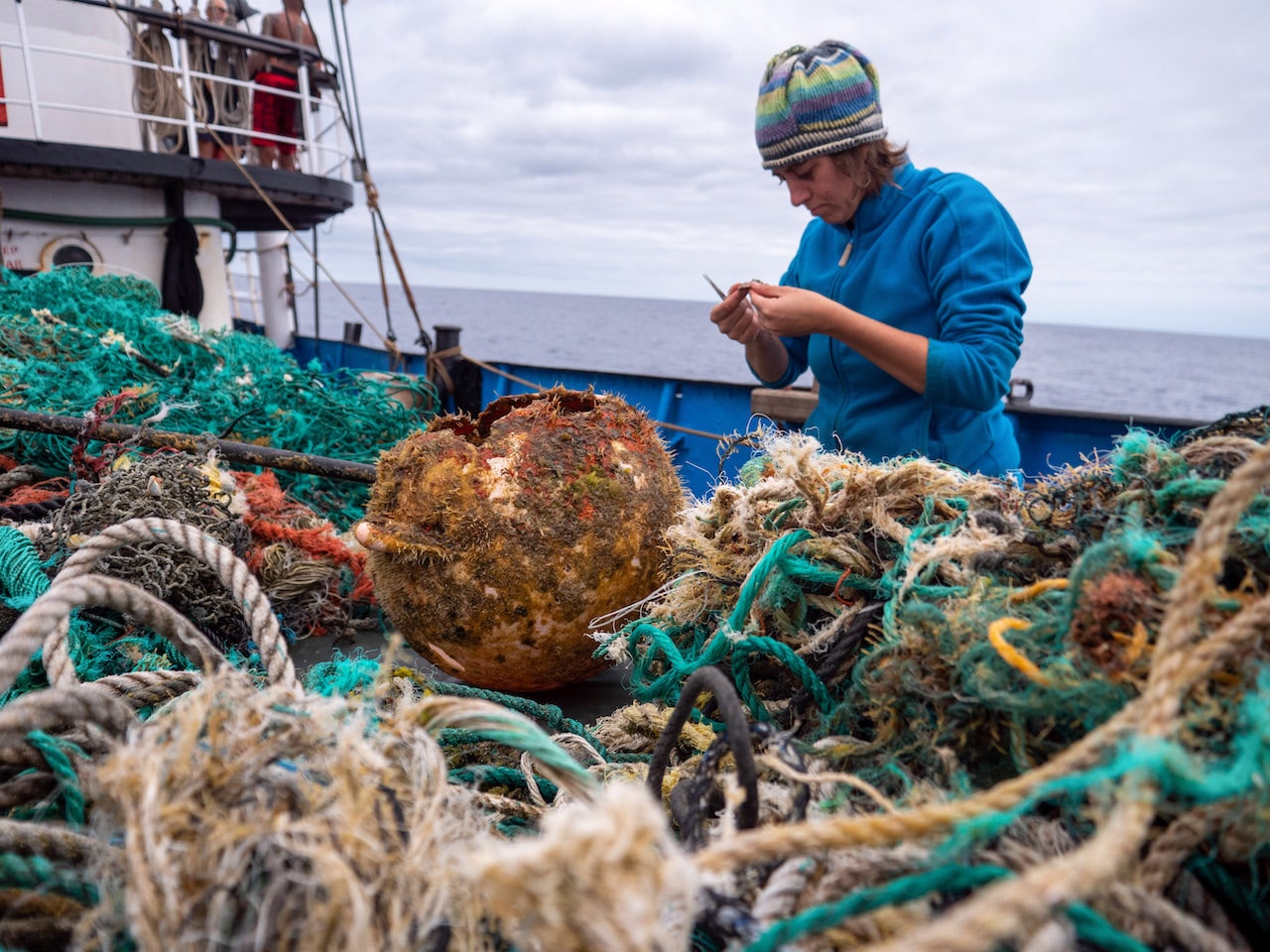The Great Pacific Garbage Patch – a 610,000 sq mile area of open ocean infested by an estimated 79,000 tonnes of plastic – has been confirmed as the home of marine species usually found living on coastlines.
The discovery sparks concern that plastics are acting as ‘vectors of transoceanic invasive species’, facilitating the ‘dispersal of coastal species to new continents’.
Japan’s 2011 tsunami was the catalyst for the research, during which tonnes of debris were propelled into the Pacific Ocean, while Japanese marine species were found alive on US coastlines.
In partnership with Ocean Voyages Institute, samples were taken from the Pacific gyre – an area of whirling currents where plastic debris amasses. Among many open-ocean organisms which survive by ‘rafting’ on floating debris, a diverse collection of coastal species were discovered drifting on larger plastic waste items.
“The persistence of coastal species at sea presents a paradigm shift in our understanding of marine biogeography,” say the scientists, whose discovery reveals that plastic gyres are enabling coastal organisms to not only exist in the open ocean but ‘survive at sea for years and reproduce, leading to self-sustaining coastal communities on the high seas’.
“Rafting events that were rare in the past could alter ocean ecosystems and change invasion dynamics on a global scale, furthering the urgent need to address the diverse and growing effects of plastic pollution on land and sea,” writes lead author Linsey E. Haram.
Image credit: Ocean Voyages Institute





